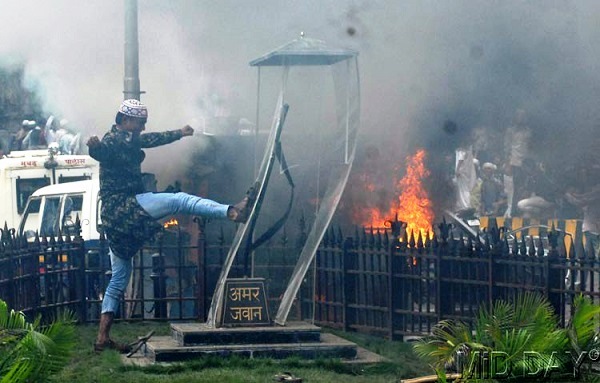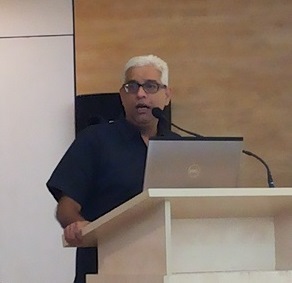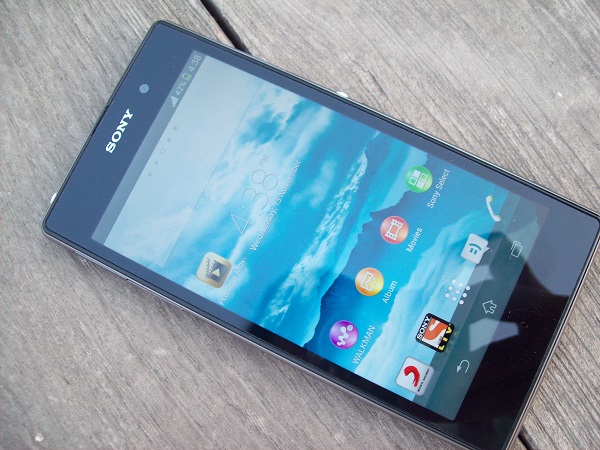What does the Xperia Z1 have that the earlier Xperia Z doesn’t? We do some checking and look for answers.
by Manik Kakra
Sony has been trying to get its phone division better converged with its music and camera divisions in order to get ahead in the smartphone battle. Its Xperia Z left a bitter taste in some people’s mouths, and the company aims to find its mojo back with the Xperia Z1. So, let’s check out this new Android smartphone from Sony.
Hardware and design
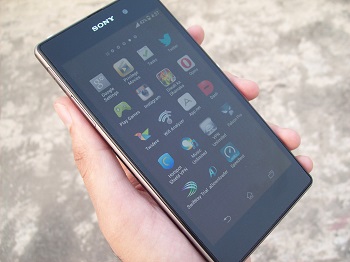 Sony’s Xperia Z1 (C6902) follows the same rectangular slap design that we have seen with the Xperia Z, and ZR. Handling one for the first time, you may realise that it’s a bit bigger than the Z, but isn’t different from it when it comes to looks.
Sony’s Xperia Z1 (C6902) follows the same rectangular slap design that we have seen with the Xperia Z, and ZR. Handling one for the first time, you may realise that it’s a bit bigger than the Z, but isn’t different from it when it comes to looks.
The phone sports a 5-inch full HD screen, which also carries the three onscreen keys. On top are placed the usual speakers with LED fitted underneath the grills inside. Just below the screen, even though there is nothing placed, the bezel space is noticeable and pretty big for a space having no real estate.
On the left sidepanel, you have the microUSB port, memory card slot and two-pin charging points for charging using a dock. On the right side, there’s the SIM slot and the familiar circular metallic Power button – looks nice to me – and plastic volume rockers. All these slots are flapped and, though the Z1 is water-proof, these flaps, which seem quite fragile, have to be put on  when you are trying some water adventures while carrying the device. On the back sits the 20.7 MP camera with an LED flash. The back is made up of thick plastic material with coating, which fits quite well in the hand, but both front and back are dust and fingerprint magnets. It becomes a bit frustrating seeing dust all over the screen after pulling the phone out from your pocket.
when you are trying some water adventures while carrying the device. On the back sits the 20.7 MP camera with an LED flash. The back is made up of thick plastic material with coating, which fits quite well in the hand, but both front and back are dust and fingerprint magnets. It becomes a bit frustrating seeing dust all over the screen after pulling the phone out from your pocket.
The top gets the 3.5mm headset jack. The loudspeakers, like the iPhone 5’s, are at the bottom. Round edges, aluminium-mixed front.
Screen
Talking about the phone’s 5-inch 1080p screen, Sony’s Z was mainly looked down for its ordinary screen quality, but did the Z1 come out winning? The Z1’s seemed much better to me than the Z. Colours look nowhere as washed out as on the Z, and it is crisp. But when you use it after seeing the LG G2 or even the HTC One, it does rank below those two. Sony mentions the use of BRAVIS Engine for the display, but while there is certainly a lot of improvement from what it was like on the Z, there is still some work needed when it comes to viewing angles and contrast.
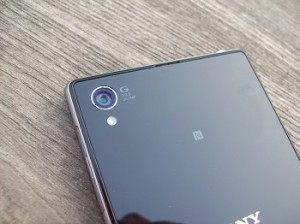 Camera
Camera
The Xperia Z1 boasts a 20.7 MP f/2.0 (mainly 20) MP camera with BIONZ image processor. The trick here is that the camera does oversampling, giving out 8 MP images. I tried the camera a bit, and was pretty satisfied with it. Sony’s camera UI is neat, straightforward and doesn’t require too many adjustments for every shot. On the down side, I did notice some over-processing from the software. You take a shot expecting something, but the result you view later seems a bit different, usually sharper than how it should have been. The camera performed well in decent conditions, but there’s definitely a lot of noise once you try it in a dark room or under such difficult conditions. See sample shots here.
Audio
Let’s now talk a bit about the audio quality. It’s Sony, so you expect a good audio experience, and that’s exactly the case here. In-ear sound is clear, quite loud and you shouldn’t be hesitating to use your favourite headphones with the phone. Loudspeakers are also loud and usually don’t distort when played on high volume. I was quite happy with their performance while gaming, barring muffling them with my hand while holding the phone when in landscape mode. Also, Sony’s music player is really nice. It has got some beautiful colours for backgrounds and works smoothly, too.
The call quality on the Xperia Z1 is top notch, and there’s no network reception issues any time during my usage.
Software and peformance
The Xperia runs on Android 4.2.2 with Sony’s UXT UI on top. Overall, there are hardly changes here from we have seen and used on the Xperia Z. Under the hood, there is a quad-core 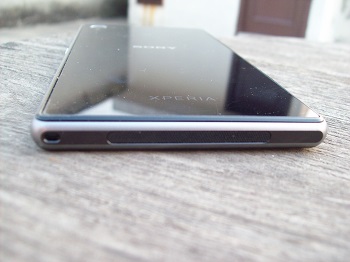 2.2 GHz (Krait 400) Snapdragon 800 SoC, along with 2 GB of RAM. The whole look and feel is identical. The phone hardly ever lagged during my usage, and was mostly smooth, responsive and didn’t do any random reboots on its own. You can play full HD videos, go back and forth, and won’t notice any major performance issues. Having five home screens by default, four icons – Sony LIV, Mucis, Messaging and phone in dock, and below sit the on-screen buttons –Back, Home and Multi App View.
2.2 GHz (Krait 400) Snapdragon 800 SoC, along with 2 GB of RAM. The whole look and feel is identical. The phone hardly ever lagged during my usage, and was mostly smooth, responsive and didn’t do any random reboots on its own. You can play full HD videos, go back and forth, and won’t notice any major performance issues. Having five home screens by default, four icons – Sony LIV, Mucis, Messaging and phone in dock, and below sit the on-screen buttons –Back, Home and Multi App View.
Thanks to the placement of on-screen buttons, you lose some screen estate to them in most of the apps you will use. The UXT UI gives you similar app launcher as other OEMs do. Here, you also get a different screen, when swiped from left, to uninstall apps, go to the Play Store, Sony’s app store, and arrange apps in various orders.
I usually got around 21 hours of battery life from, the phone’s 3,000 mAh battery, on a single charge – auto sync on, half an hour of gaming, some music and lots of Twitter and Web surfing.
Sony also provides users with music downloading and streaming service – SonyJive. You et free downloading and streaming for first six months. Don’t get excited. The app is very sluggish, full of bugs, the service has average collection and you get DRM protected content. Yup, it is really bad. I would rather have no such service than having one which may give such an awful experience – definitely the worst part of the whole device. LIV is a service that allows you to stream content from various Sony channels, without any extra cost. There is also Big Flix app from which you can stream Bollywood movies – pretty decent collection this time. And you also get six movies free (can only be watched on the device itself) six movies from Priviledge, just wish they had given HD qulaity, too.
Summing up
The Xperia Z1 is definitely Sony’s best offering right now. Great performance, coupled with decent camera and looks, the phone does seem a good choice. There is no doubt Sony still needs some work on the display side, and maybe just put (or leave it out completely) a better music streaming service for Indian users. All in all, the phone shows that the company might well be on the right path.

